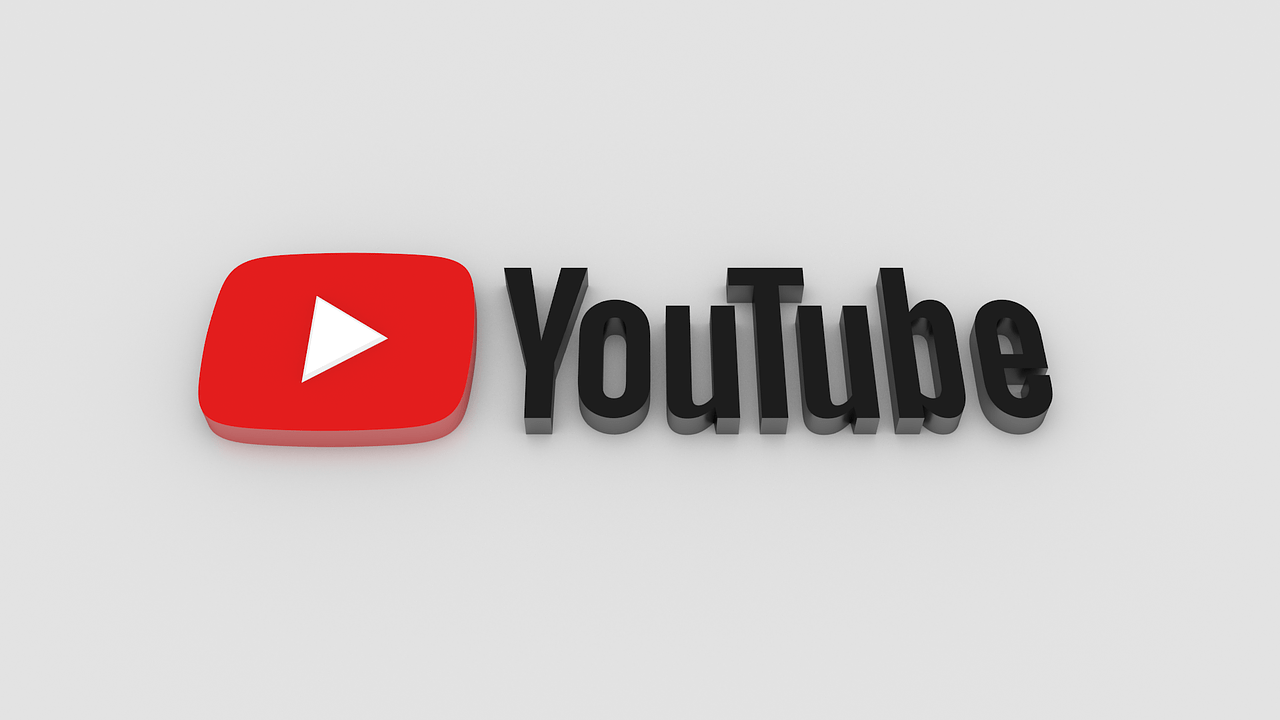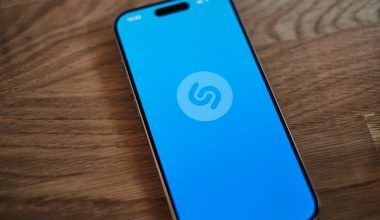YouTube has become one of the most popular platforms for creators to share their content, whether it’s educational, entertaining, or inspiring. However, one question that often comes up is does a youtube video with copyrighted content make money. The short answer? It’s complicated, but not impossible. Let’s break it down so you can fully understand how this works.
Understanding Copyright on YouTube
First, let’s get a handle on what copyright means on YouTube. does a youtube video with copyrighted content make money Copyright is a legal right that protects the original work of creators, such as music, videos, or artwork. When you upload a video with copyrighted content, such as a song or movie clip, the rights to that content don’t automatically belong to you. Instead, they remain with the original creator or rights holder.
Now, does this mean your video can never make money if it contains copyrighted content? Not exactly. There are certain conditions under which a video with copyrighted material can generate revenue, but they’re quite specific. Let’s explore them.
Monetization and Copyright: The Basics
When you upload a video on YouTube, you have the option to monetize it if you’re part of the YouTube Partner Program (YPP). This means ads can run on your video, and you’ll earn a share of the revenue. But if your video contains copyrighted content, the situation becomes tricky. YouTube uses a system called Content ID to scan videos for copyrighted material. If it detects any, the copyright owner can decide what happens next.
Here’s what the copyright owner can do:
- Claim Revenue: They may allow your video to stay up but take all the ad revenue.
- Block the Video: They can block your video entirely, meaning no one can see it.
- Mute the Content: In some cases, they may mute the copyrighted audio.
- Strike Your Channel: If they believe your use of their content is not fair or transformative, they can issue a copyright strike. Accumulating three strikes can lead to your channel being terminated.
When Can You Make Money with Copyrighted Content?
There are a few scenarios where you might still be able to make money from a video containing copyrighted material. Let’s take a closer look.
1. Permission from the Copyright Owner
If you’ve obtained explicit permission from the copyright owner to use their content, you’re in the clear. This could involve signing a licensing agreement or getting written consent. In such cases, you can monetize the video just like any original content.
2. Revenue Sharing
Some copyright owners allow revenue sharing. This means you and the copyright owner split the ad revenue generated by the video. YouTube’s Content ID system often facilitates this arrangement, so you’ll see a notification if this option applies to your video.
3. Fair Use
“Fair Use” is a legal doctrine that allows limited use of copyrighted material without needing permission. Examples include:
- Commentary
- Criticism
- News reporting
- Teaching
- Parody
If your use of the copyrighted content falls under fair use, you can argue that your video should not be flagged. However, fair use is a complex legal concept, and even if you believe your content qualifies, the copyright owner might disagree.
4. Public Domain Content
If the copyrighted material is in the public domain, you’re free to use it without any restrictions. Content enters the public domain when its copyright expires or the creator intentionally releases it. Be cautious, though, as not all old content is public domain.
How Content ID Affects Your Earnings
YouTube’s Content ID system is an automated tool that identifies copyrighted material in videos. When Content ID flags your video, here’s what typically happens:
- The video remains live but with restrictions on monetization.
- Ads may run on your video, but the revenue goes to the copyright owner.
- You’ll receive a notification explaining the claim and your options.
If you believe the claim is incorrect, you can dispute it. However, if your dispute is rejected, you could face consequences, including a copyright strike.
Tips for Avoiding Copyright Issues
To maximize your chances of earning money from your YouTube videos, here are some practical tips:
1. Use Royalty-Free or Licensed Content
Many creators use royalty-free music, stock footage, or other licensed content to avoid copyright claims. Websites like Epidemic Sound, Artlist, and Storyblocks offer high-quality options.
2. Create Your Own Content
The safest way to avoid copyright issues is to create original content. This includes composing your own music, shooting your own footage, and designing your own graphics.
3. Transform the Content
If you must use copyrighted material, make sure it’s transformative. For example, instead of uploading a movie clip, you could add commentary, analysis, or visual effects to make it your own.
4. Read YouTube’s Policies
YouTube provides detailed guidelines on copyright and fair use. Familiarizing yourself with these policies can save you a lot of trouble down the line.
The Role of Fair Use in Monetization
Fair use is often a gray area when it comes to monetization. While it’s a legal defense against copyright infringement, it doesn’t guarantee you’ll make money. Even if your video qualifies as fair use, the copyright owner might still claim the revenue. In such cases, you can either accept the claim or dispute it.
Disputing a claim can be risky. If the copyright owner rejects your dispute, you may face a strike. To avoid this, ensure your content clearly meets the criteria for fair use before uploading.
What Happens When You Dispute a Copyright Claim?
If you believe a claim on your video is incorrect, you can dispute it through YouTube’s platform. Here’s how the process works:
- Submit a Dispute: Explain why you believe the claim is invalid.
- Wait for a Response: The copyright owner has 30 days to respond.
- Claim Released or Rejected: If the claim is released, you can monetize your video. If it’s rejected, you may appeal or accept the claim.
Conclusion
So, does a YouTube video with copyrighted content make money? The answer depends on various factors, including the copyright owner’s decisions, the nature of the content, and your own actions. While it’s possible to earn revenue from such videos, the process is often complicated and fraught with risks. To ensure success, focus on creating original, high-quality content or obtaining proper permissions when using copyrighted material. This way, you can grow your channel and make money without worrying about copyright claims.
For further reading, explore these related articles:
- Circles Post Malone Lyrics – A Song About Love, Loss, and Life
- Billie Eilish’s Big Moment at the Oscars 2022: A Night to Remember
For additional resources on music marketing and distribution, visit DMT Records Pvt. Ltd..






